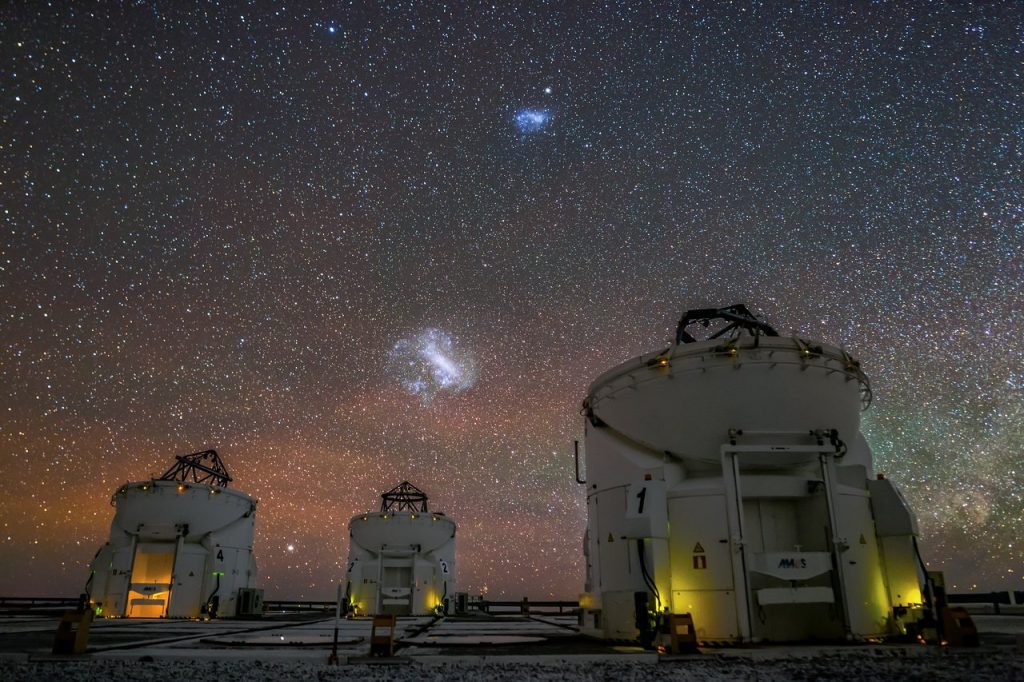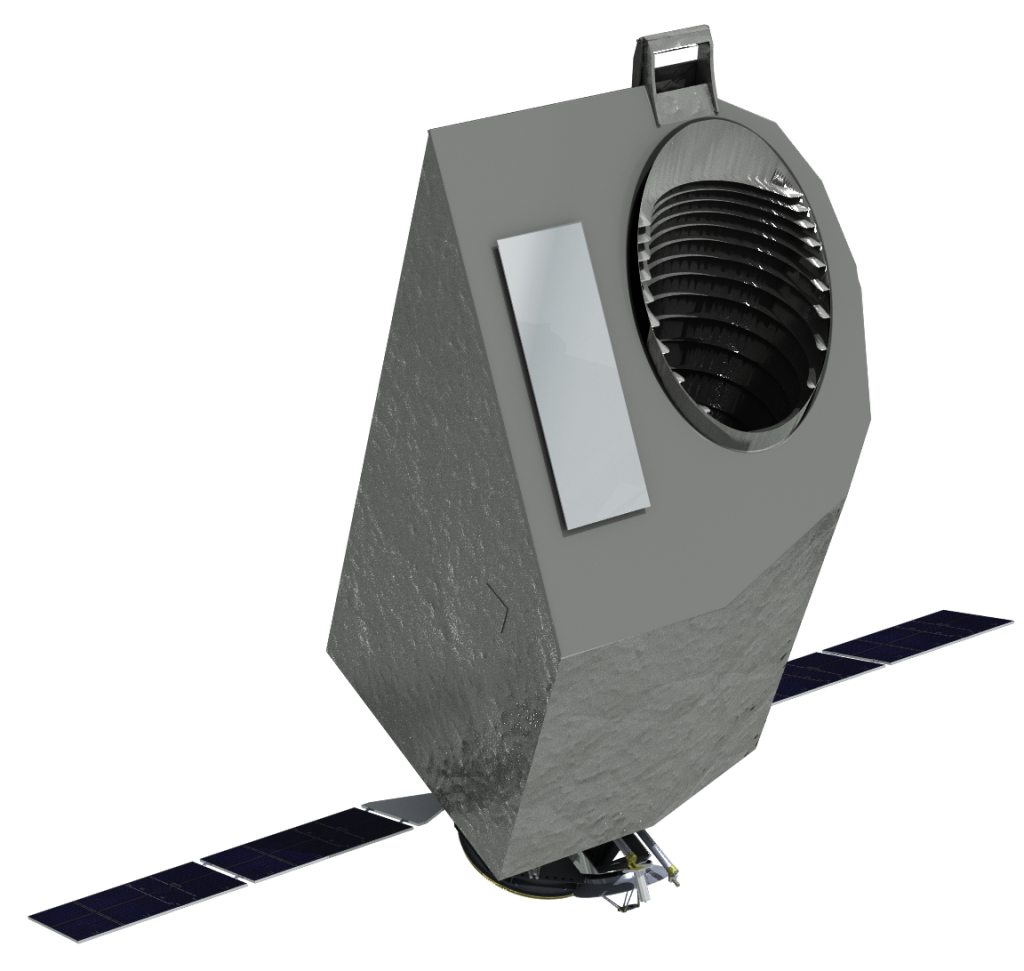
[Read full Berkeley News article by Bob Sanders]
An orbiting space telescope approved by NASA last month and scheduled for launch in 2030 will conduct the first all-sky survey of ultraviolet (UV) sources in the cosmos, providing valuable information on how galaxies and stars evolve, both today and in the distant past.
The $300 million satellite mission, called UVEX (UltraViolet EXplorer), will be managed by the Space Sciences Laboratory (SSL) at the University of California, Berkeley. The mission’s principal investigator is Fiona Harrison, a UC Berkeley Ph.D. recipient who is a professor of physics at the California Institute of Technology in Pasadena, California.

The telescope’s all-sky UV survey will complement ongoing or planned surveys by other missions over the next decade, including the optical and infrared Euclid mission led by the European Space Agency with NASA contributions, and NASA’s Nancy Grace Roman Space Telescope, an infrared telescope set to launch by May 2027. Together, these missions will help create a modern, multi-wavelength map of our universe.
“When UVEX launches, for the first time we’ll have the entire sky covered from the UV all the way through the infrared,” said Daniel Weisz, one of the science team leaders for the UVEX mission and a UC Berkeley associate professor of astronomy. “Having ultraviolet coverage of the entire sky, which has never really been done before, is groundbreaking.”
UV emissions come from hot objects, but these wavelengths are blocked by Earth’s atmosphere and must be studied from space. The survey will focus on hot, massive blue stars — many of which are thought to be members of binary star systems — as well as exploding stars. In binary star systems, the most massive of the stellar pair often strips material from its companion, which exposes its hot UV-emitting core. UVEX will map the distribution of these “stripped” stars in galaxies around the Milky Way.
The telescope also will carry a UV spectrograph, jointly built by UC Berkeley and Caltech, to record detail about the UV wavelengths emitted by massive stars and during stellar explosions. These observations will provide new details about how stars and galaxies form and how they die.
[Read much more in full Berkeley News article by Bob Sanders]